What is laceweight yarn?
Lace, lace weight or laceweight yarn describes a yarn that is very fine. It is a yarn weight category in the same way that DK, worsted or 4ply are. It is the finest category and is listed as weight 0 in the Craft Yarn Councils Standard Weight system. In wraps per inch (WPI) its defined as anything over 30WPI (although sources varied for this)
You might variously see yarns described as cobweb lace, heavy lace, 1ply, 2 ply all of these fall within the category of laceweight.
In the same way as other yarn categories, the thickness or ply name doesn't tell you about how its spun. You can have laceweight yarns that are made from a single strand or plied from two or more strands.
What can i make in lace weight yarns?
Pretty much anything you can make with a thicker yarn but it will come out thinner and take you longer to make! Laceweight yarns make beautifully fine and lightweight items such as beautiful crochet shawls, tops and cardigans that are perfect for summer.
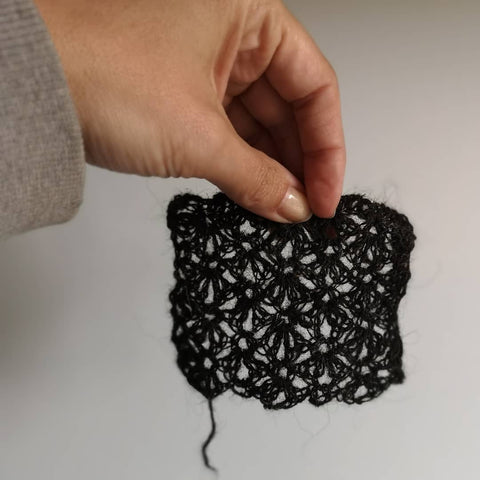
Why choose to work in laceweight?
Laceweight yarn creates fabrics that are very light to wear and carry. A large shawl, for example, can be packed easily away into a pocket or bag. With lots of air pockets they make a surprisingly warm scarf when wrapped around the neck but they are also perfect as a light cover from the sun even on the warmest days.
Another advantage of laceweight yarn is the yardage you get. One 100g skein of yarn will create quite a large shawl with around 800-1000m/875-1100yds per 100g. Skeins tend to be a similar price to 4ply/fingering weight yarns so you get a lot more for your money!
I love how even simple motifs and standard patterns take on a special look in lace. And motifs and stitches that would be too clunky to wear in a thicker yarn are transformed when worked in miniature

Its absolutely perfect for spring and summer making as you won't have a great big weight of yarn in your lap as you work and you'll have evening light to better see the smaller stitches.
Isn't it fiddly to work with?
It is perceived to be a difficult yarn to work with as the stitches are so much smaller and harder to see. While this is certainly true, its something I am always mindful of while designing and items that are specifically and carefully designed for the yarn are much easier to work. I like to create stitch patterns that are simple to work in this finer yarn. I mostly used taller stitches so it grows quickly choosing stitch patterns that focus on working into chain spaces rather than into the stitch itself as this makes it easier and quicker and less reliant on good eyesight.
There may be a small learning curve as you adjust to the finer yarn but it soon becomes easier to hold and see.
You might need to adjust your yarn hold a little, I find I need to add an extra bit of tension a little by wrapping the yarn once around my little finger as my usual method of gripping between index and middle finger doesn't quite work.

Where can I buy laceweight yarns and can I get my favourite indy dye effects?
While few big box companies sell a laceweight yarn, the more high end brands and many independent dyers have an offering and many independent dyers have a laceweight option so the colour choices are wide and luxurious yarn bases are readily available.

Can I use crochet thread instead of a laceweight yarn?
There are a variety of crochet cotton threads available that are the same weight as laceweight yarn, thread size 8 or 10 would be a suitable alternative to laceweight yarn. These are suitable to substitute but it will change the nature of the shawl somewhat. They have a very high twist so they can be easier to work with as they don't split easily but that high twist does make the shawl or garment a little stiffer and less soft against the skin, especially if the thread is mercerised. Swatching and blocking the swatch will give you important information about how the yarn behaves in this respect.
Fancy giving it a go?
Here is our collection of designs for laceweight yarn:


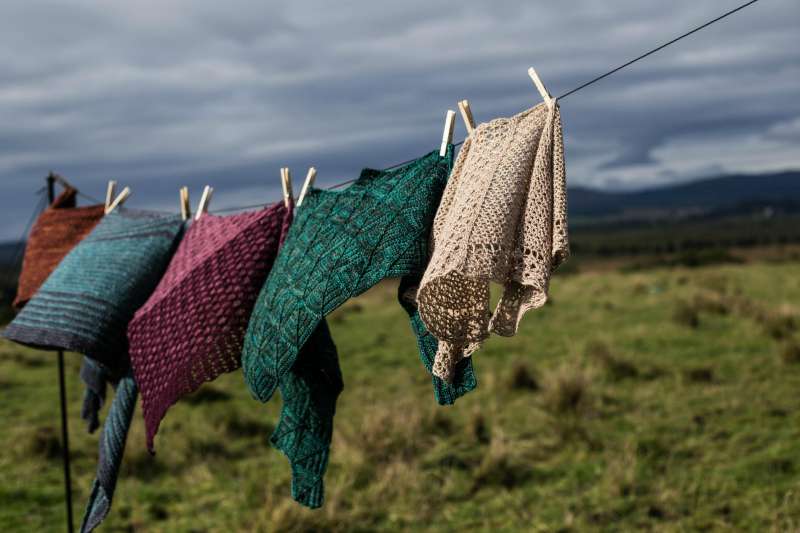
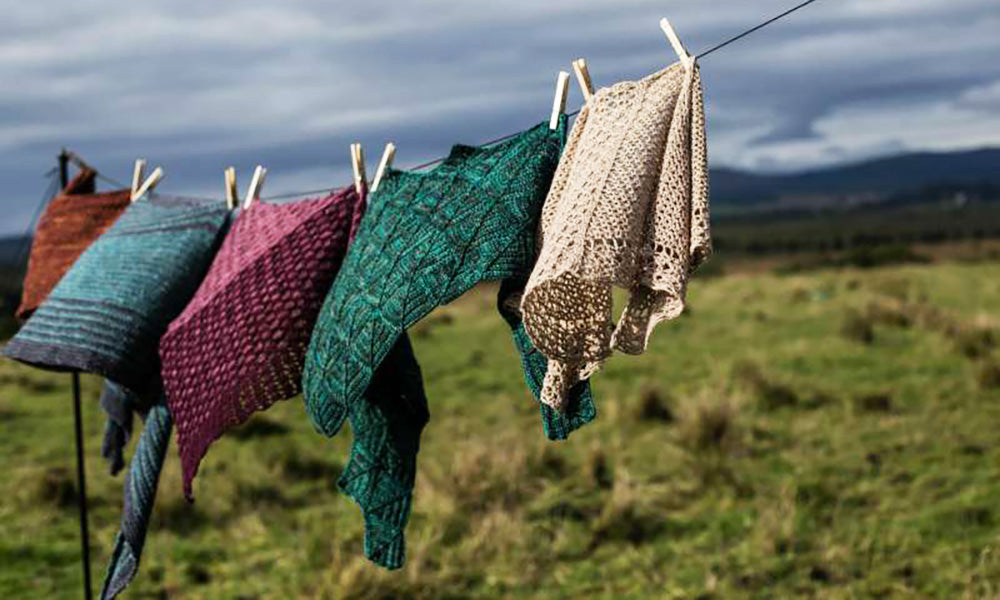
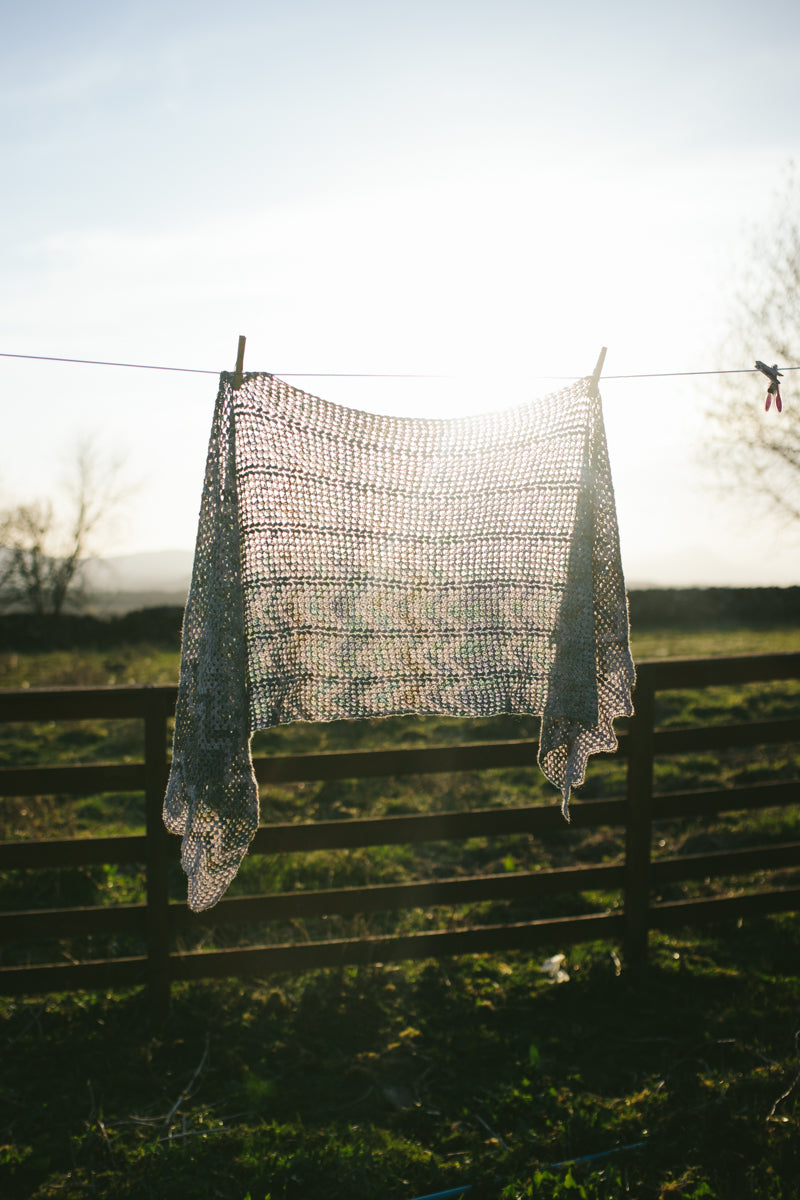
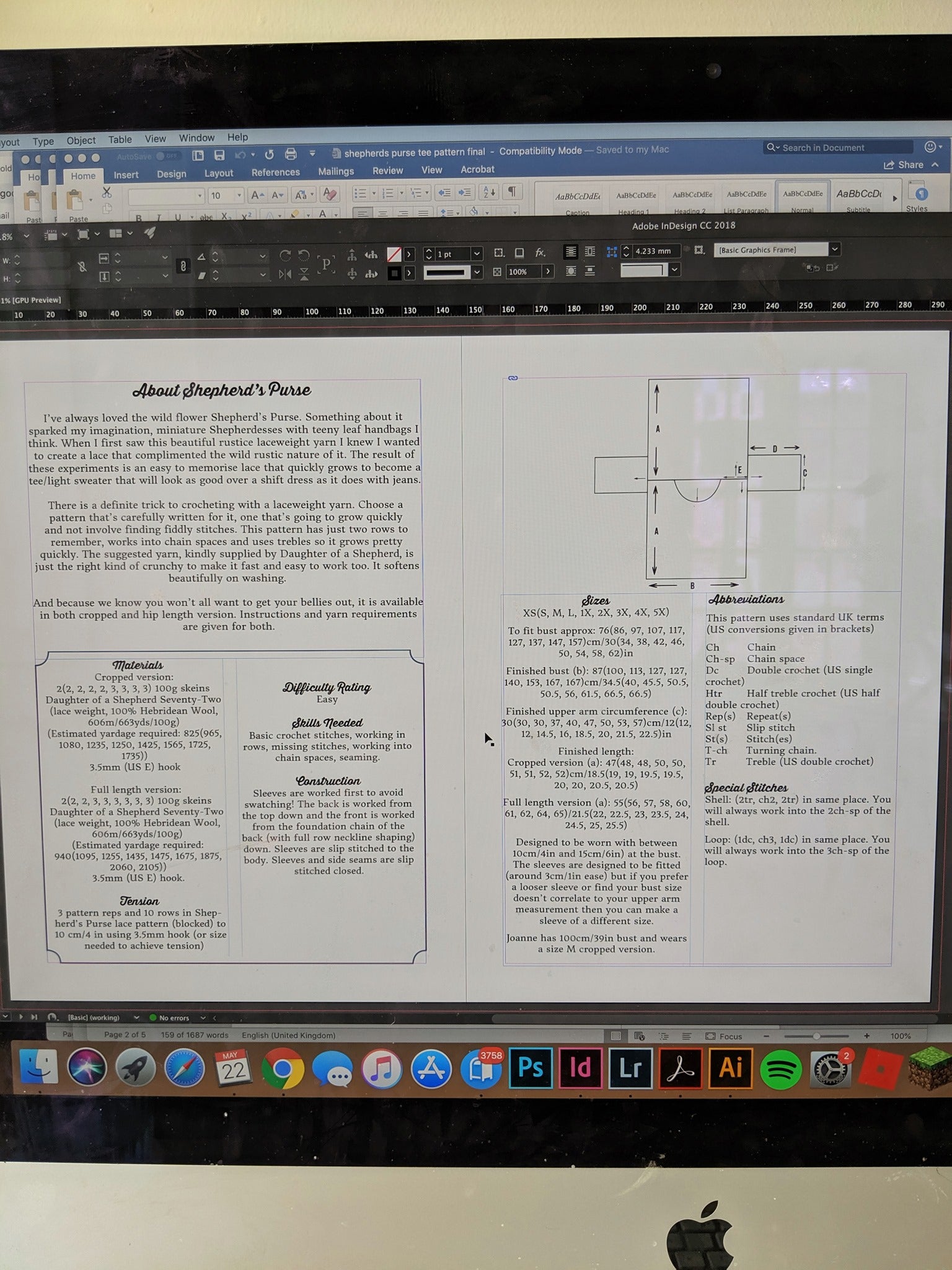

Leave a comment
All comments are moderated before being published.
This site is protected by reCAPTCHA and the Google Privacy Policy and Terms of Service apply.